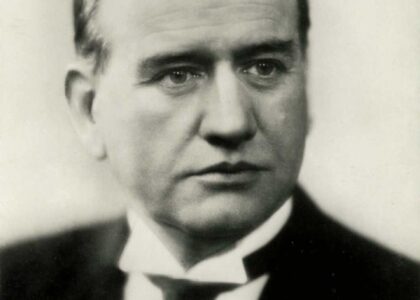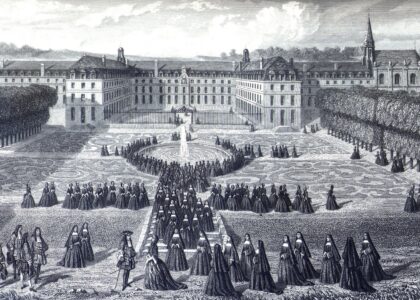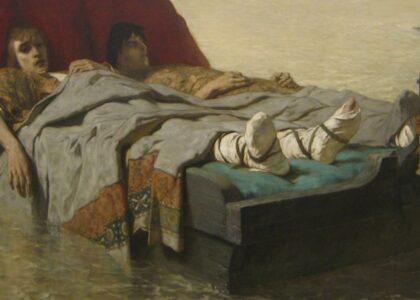Welcome to Boulevard de la Salpêtrière, a location steeped in rich history and fascinating stories. Originally, this area was closely tied to the Pitié-Salpêtrière Hospital, which occupies a significant place in the history of Paris. The hospital was established in 1656 by royal decree from Louis XIV, transforming what was once a gunpowder factory into a hospice for the poor women of Paris. The institution became part of the General Hospital of Paris, serving as a home for women who were mentally ill, epileptic, or poor, as well as children and orphans.
A major historical event occurred here during the September Massacres of 1792, when the hospice was stormed by a mob aiming to release prisoners. Tragically, while 134 prostitutes were freed, 25 women deemed insane were brutally murdered. This dark moment marked a significant episode during the tumultuous era of the French Revolution.
The hospital also played a critical role in the evolution of mental health treatment. Notably, Philippe Pinel, a key figure in psychiatry, was appointed as the chief physician in 1794. Pinel is celebrated for his early humanitarian reforms, including the removal of chains from the mentally ill. His successor, Jean-Étienne Dominique Esquirol, further developed psychiatric care and was instrumental in the lunacy legislation of 1838.
The Boulevard de la Salpêtrière itself became famous through the eyes of the artist Rosa Bonheur, who depicted the horse market held here in her renowned painting ‘The Horse Fair’. This work, showcasing the vibrancy and energy of the market, brought international attention to this Parisian location.
Today, the Boulevard de la Salpêtrière stands as a symbol of transformation and resilience, echoing the stories of the countless individuals who passed through its gates, both patients and those who sought to change the face of medicine and art.





